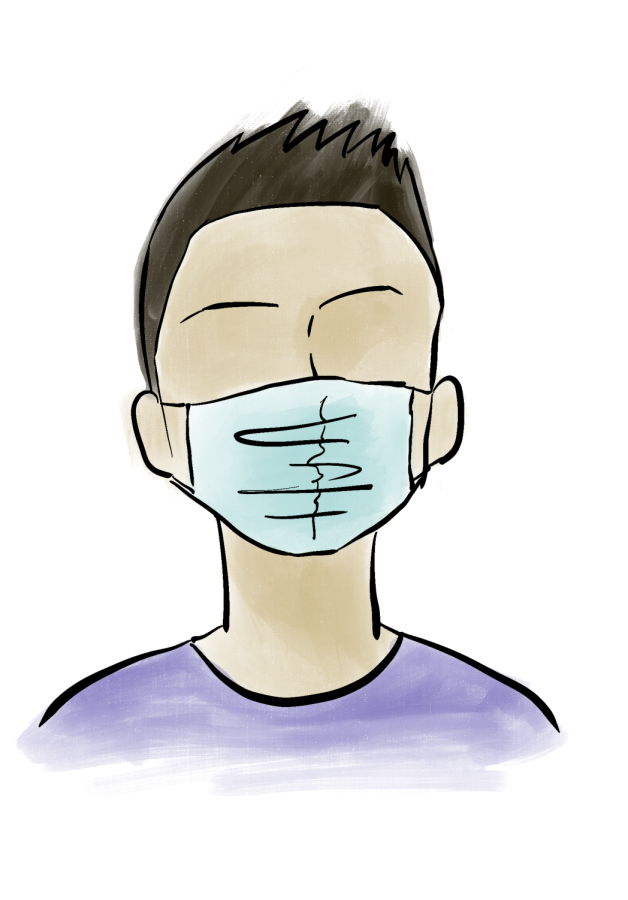Triple Threat
Examining the increase in COVID-19, RSV and the seasonal flu after the mid year break
February 24, 2023
Two years and two months into the COVID-19 pandemic, the FDA passed authorization for the administration of a fourth COVID booster shot on Jan. 17, 2023. However, according to data from the CDC, only 15.7% of the U.S. population has taken the most recent bivalent booster shot whereas 69.2% of Americans have taken the first COVID-19 shots. As a result, the omicron variant BA.5, the target of the bivalent booster shot, became the dominant strain in the United States.
Not only are Coronavirus infections on the rise, respiratory syncytial virus and flu infections are also occurring at higher rates than previous years. Many hospitals, in particular pediatric hospitals, have been completely filled under a new wave of COVID-19, RSV and flu patients.
According to Jessica Ridgway, an infectious diseases physician at the University of Chicago, it was a struggle for hospitals to find spare beds during the winter season with the trifecta of infection.
“Some pediatric hospitals, including ours at [the] University of Chicago, have been completely full for multiple days this winter. That means that we didn’t have any extra beds to care for other sick children,” Ridgway said. “This was challenging because if a sick child came into the Emergency Room, and our hospital was completely full, we had to try to transfer them to another hospital in our region, many of which were also at 100% capacity.”
These viruses are not new to the United States. In fact, the RSV virus, like the flu, is a seasonal virus that generally appears in the fall and peaks during the winter. Despite the yearly appearance of the RSV virus, this year has found hospitals filled with RSV patients at rates never seen before.
Physiology teacher Jaime Vazquez attributes the rise of infection to an inadequate immune response that comes from wearing masks for such a long time.
“You have people who have been using masks responsibly [all this time],” Vazquez said. “Because [these people] were not getting sick two years ago, their bodies are unable and unadapted to deal with the viruses now.”
Sophomore Saanvi Goyal, who got sick while traveling during the mid-year break, understands that everyone is still at risk of contracting these pathogens. However, she believes this year is nowhere near as chaotic as the 2021-2022 school year.
“Over the summer there was a little bit of uncertainty, because we were just getting back from lockdown and [how] after prom everyone was getting sick,” Goyal said. “ Obviously there’s still the risk, but I think it’s a lot less than last year.”
While facing three different types of infections spreading, there are a multitude of ways to both prevent contracting the virus and limiting the spread to others. In the long run, Vazquez says the key to preventing the spread of the virus is to foster healthy daily habits.
“Everyone needs to eat comfortably and nutritiously because if you have an improper diet your immune system is going to tank,” Vazquez said. “You need to sleep properly because if you don’t have enough sleep then your brain can’t coordinate messages necessary to maintain a functional immune system. My recommendation for everyone is to be happy, healthy, and be loving and caring for the neighbors around them.”




























